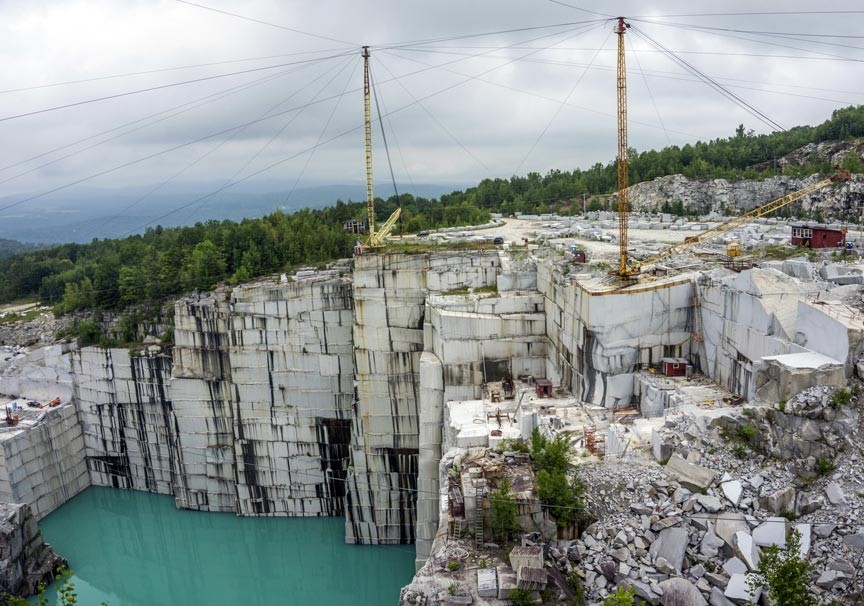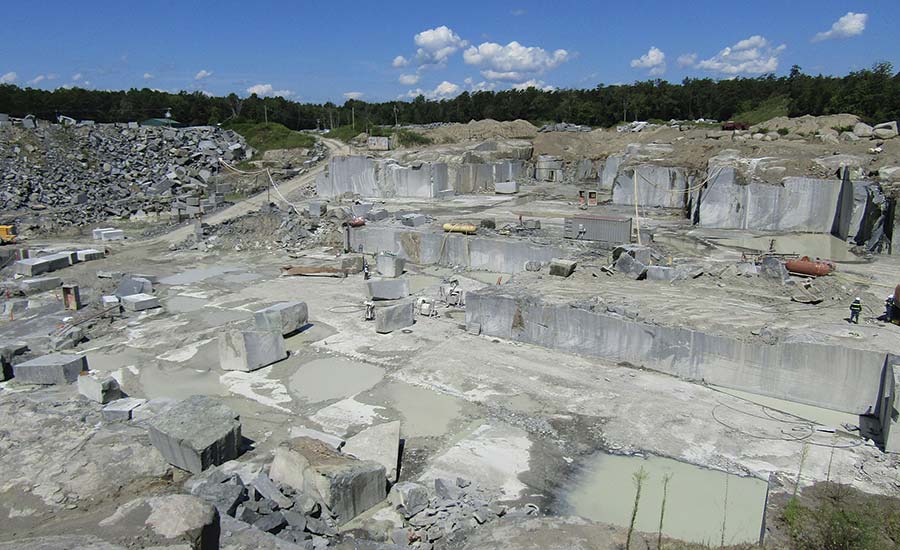Unveiling the Mysteries of Granite Quarrying: Where Stamina and Style Meet
The world of granite quarrying is a world where the raw toughness of nature assembles with human virtuosity to create structures that stand the examination of time with an air of style. From the depths of quarries to the precise sprucing up in workshops, the process of transforming granite into building marvels is a complex dance of tradition and advancement. As we peer into the depths of this ancient craft, we begin to discover the concealed details that form the very essence of our constructed setting.
The Origins of Granite Quarrying
In the annals of architectural history, the origins of granite quarrying are shrouded in a tapestry of ancient craftsmanship and geological marvels. Dating back to ancient Egypt and Mesopotamia, the extraction of granite from quarries marked the start of a journey that would ultimately lead to the production of some of the globe's most renowned frameworks.
Granite quarrying's roots can be mapped to the experienced artisans who acknowledged the rock's sturdiness and visual allure. Through a mix of primitive tools and large resolution, these early quarry workers discovered granite blocks that would certainly come to be the building blocks of human beings.
As civilizations evolved, so did the methods of quarrying granite. The Romans, renowned for their engineering expertise, created advanced techniques for drawing out granite to build monuments, temples, and roadways that stood the examination of time.
The heritage of these ancient quarrying practices remains to shape contemporary design, with granite remaining an icon of strength and style in construction jobs around the globe. (granite quarries in south africa)
Tools of the Quarrying Profession
The advancement of granite quarrying techniques from old people to contemporary times highlights the critical duty played by the tools of the quarrying sell forming the sector's methods. In old times, quarrying devices were basic, usually containing knives, hammers, and wedges made from materials like bronze or iron. These tools needed considerable manpower and time to remove granite blocks from quarries.

Furthermore, the introduction of pneumatic devices and high-powered equipment has significantly minimized the physical labor needed in quarrying procedures, boosting worker safety and performance. As the quarrying market remains to introduce, the devices of the profession remain at the leading edge of driving development and forming the future of granite removal.
Extracting Blocks of Granite
Making use of article source precision equipment and progressed techniques, the removal of granite blocks from quarries has actually ended up being an advanced procedure in the contemporary quarrying industry. Managed blasting methods are then utilized to break apart the granite right into workable sections.

Sprucing Up and Completing Techniques
To attain a perfect surface area on granite blocks, competent craftsmens employ a series of thorough sprucing up and finishing methods. After the first extraction and shaping procedures, the granite obstructs undergo a complete sprucing up phase to improve their all-natural elegance look at more info and longevity.
In enhancement to sprucing up, ending up methods are used to additional fine-tune the granite's appearance. By thoroughly selecting and using these brightening and ending up strategies, craftsmens can transform raw granite blocks right into exquisite items that display both stamina and beauty.

Ecological Impact and Sustainability
With the growing focus on ecological awareness in the industry, granite quarrying practices are progressively looked at for their influence on natural resources and long-term sustainability. Furthermore, the transport of granite from quarries to refining centers creates carbon emissions, better contributing to environmental degradation.
To reduce these effects and make sure sustainability in granite quarrying, sector stakeholders are taking on numerous actions. Implementing advanced technologies to reduce energy consumption and water usage, redeeming quarried land for eco-friendly restoration, and promoting responsible sourcing practices are some strategies being used. Furthermore, qualifications such as the Woodland Stewardship Council (FSC) and the Management in Power and Environmental Style (LEED) assistance consumers identify environmentally pleasant granite products.
Conclusion
In verdict, granite quarrying is a procedure that requires specialized devices and methods to extract blocks of granite and brighten them to a high level of coating. While the environmental impact of quarrying can be substantial, efforts are being made to improve sustainability methods in the industry. Generally, granite quarrying is a delicate equilibrium between taking advantage of the strength and style of this natural rock while reducing its influence on the environment.